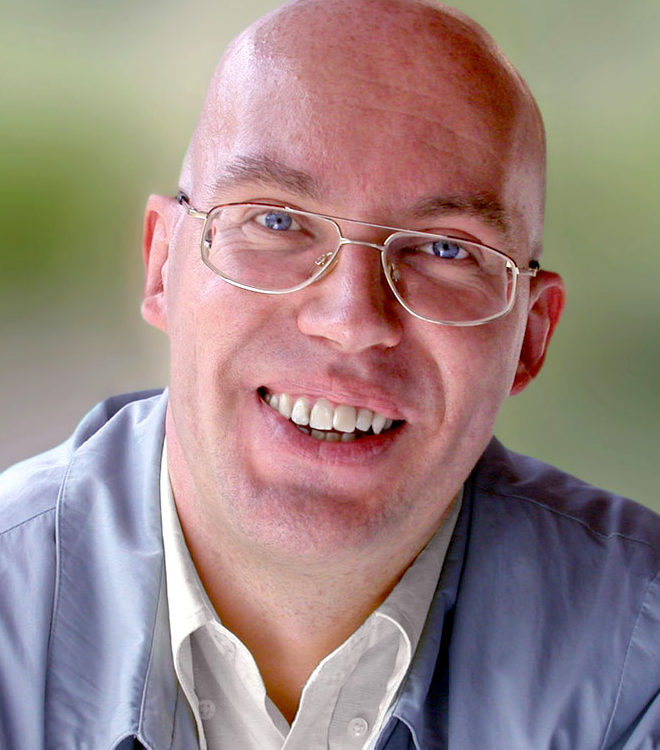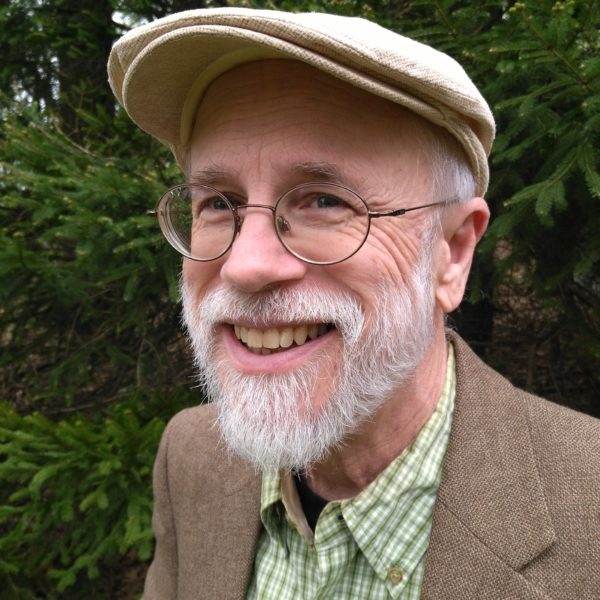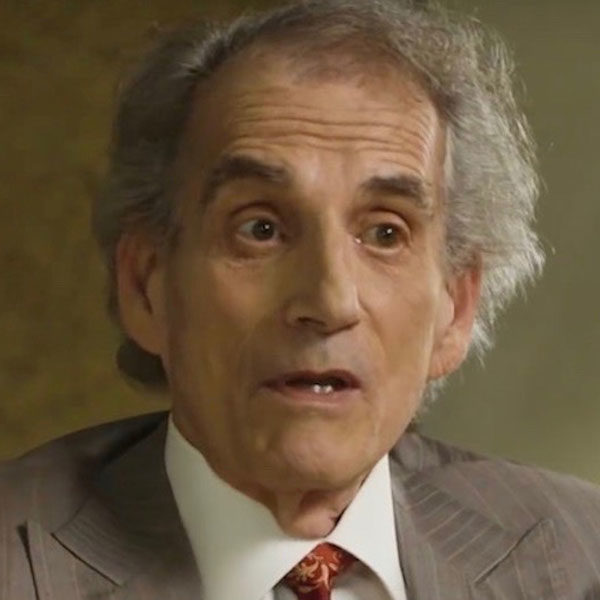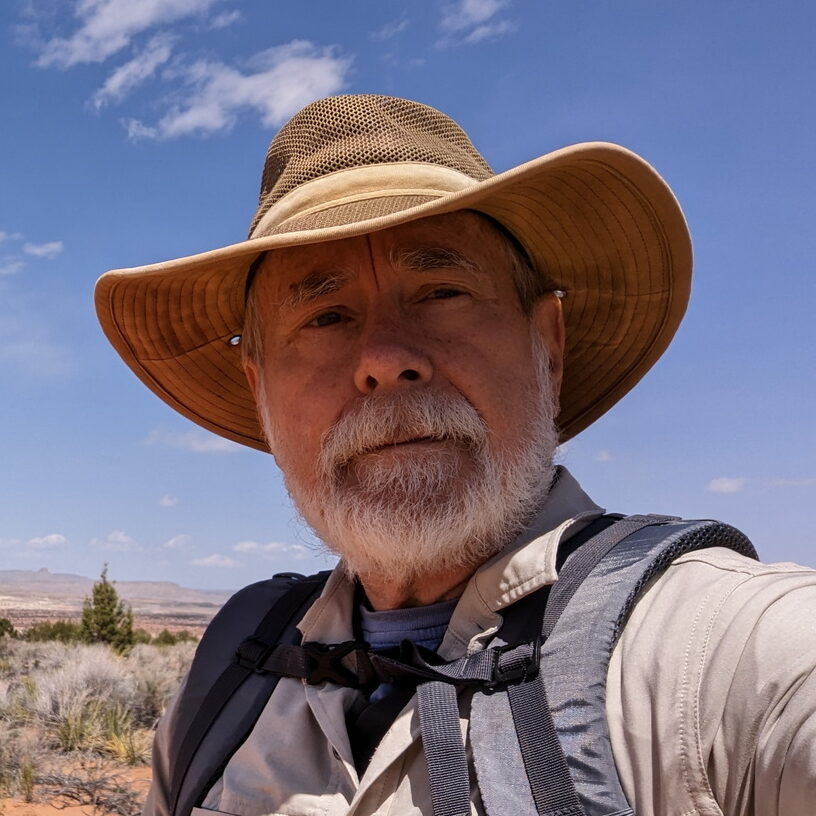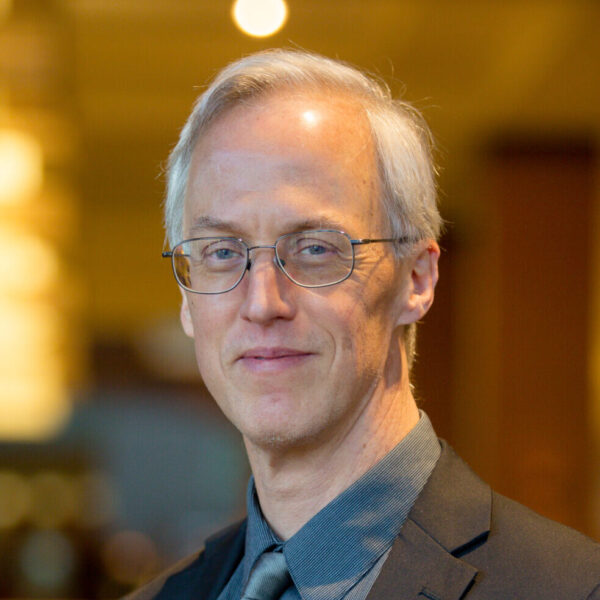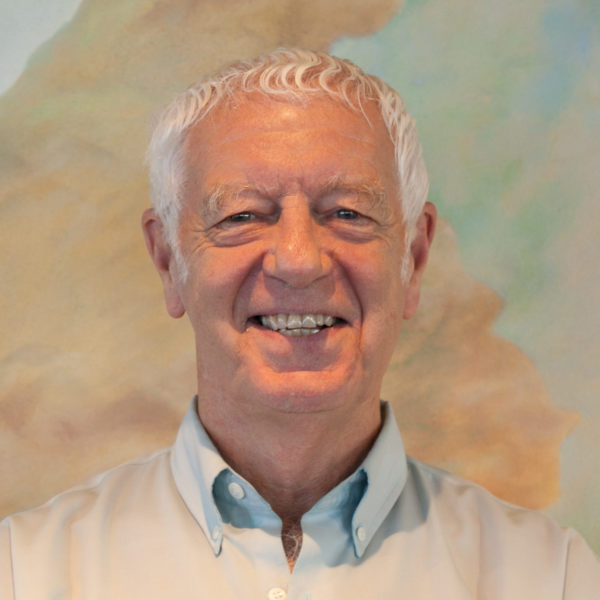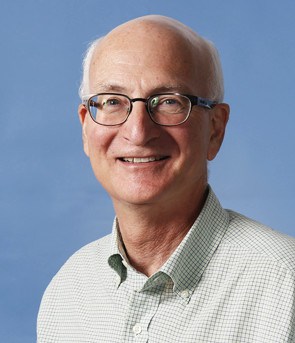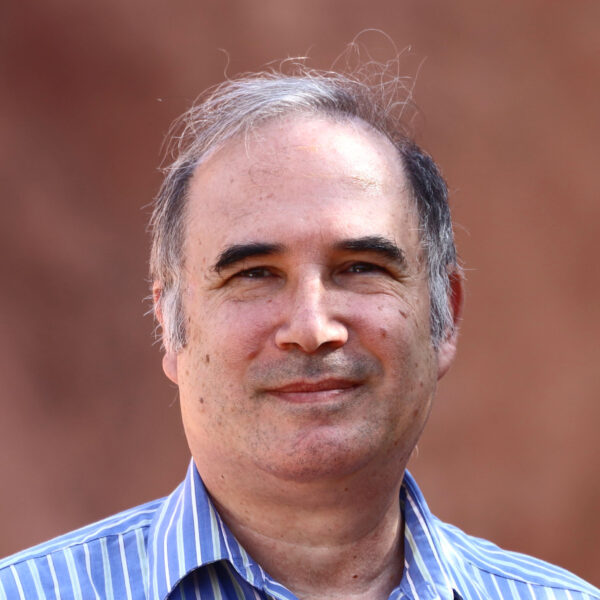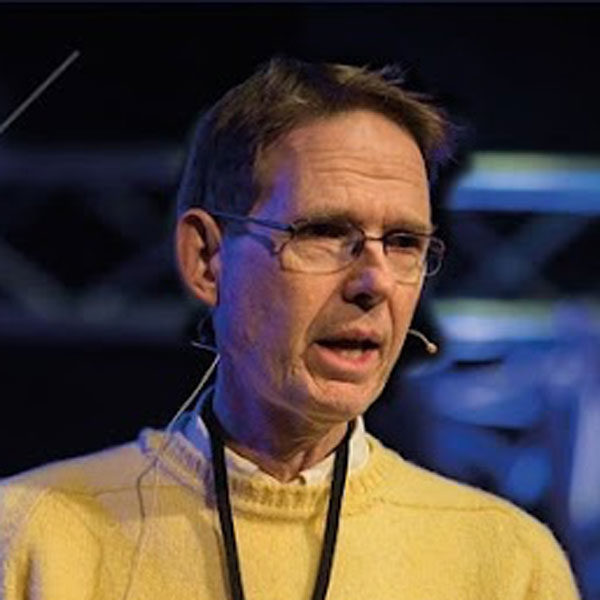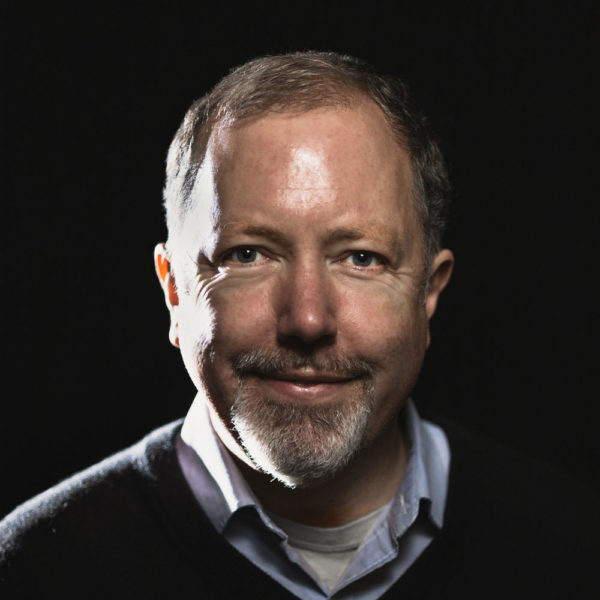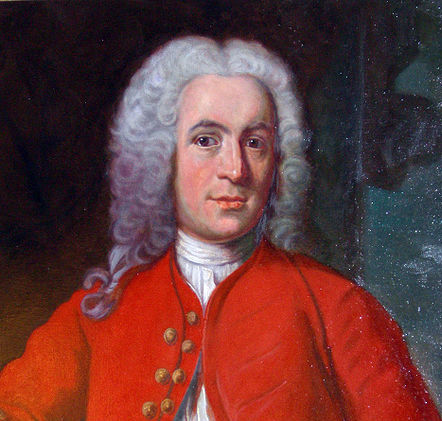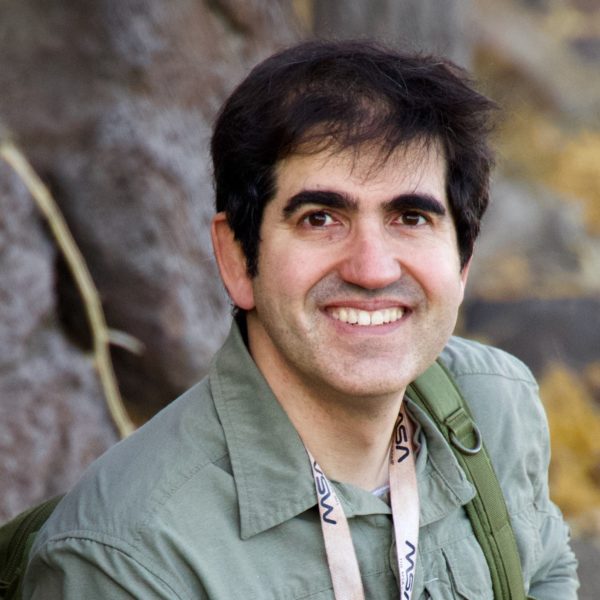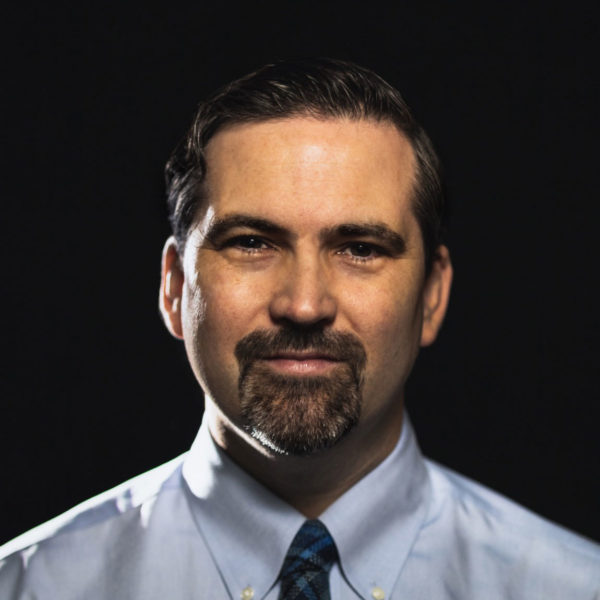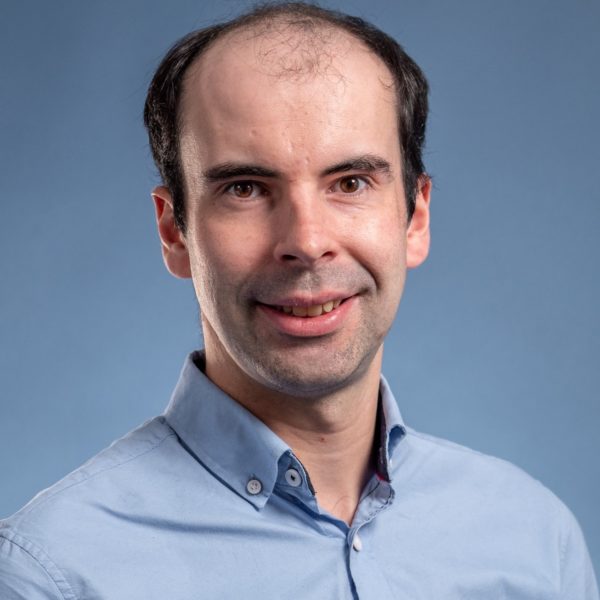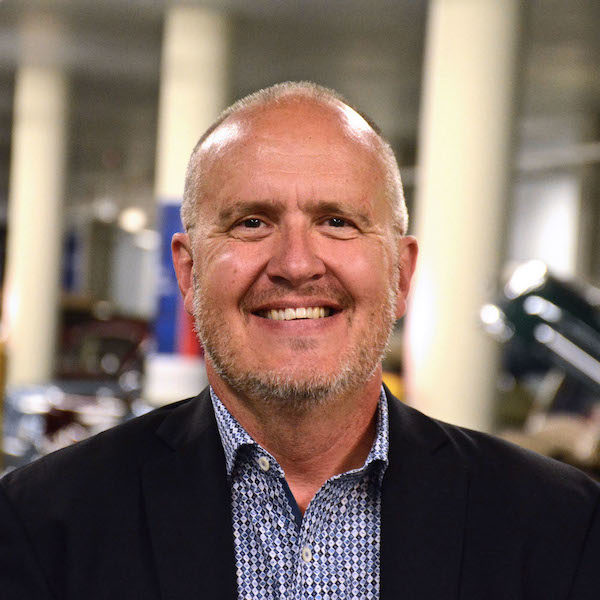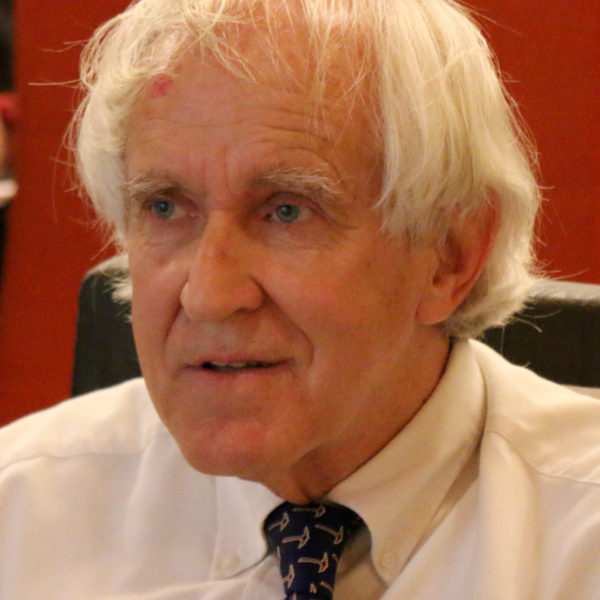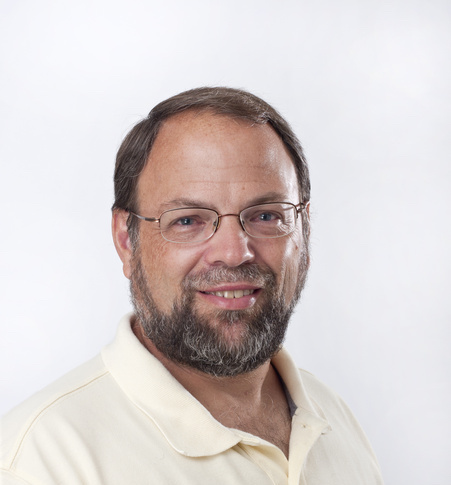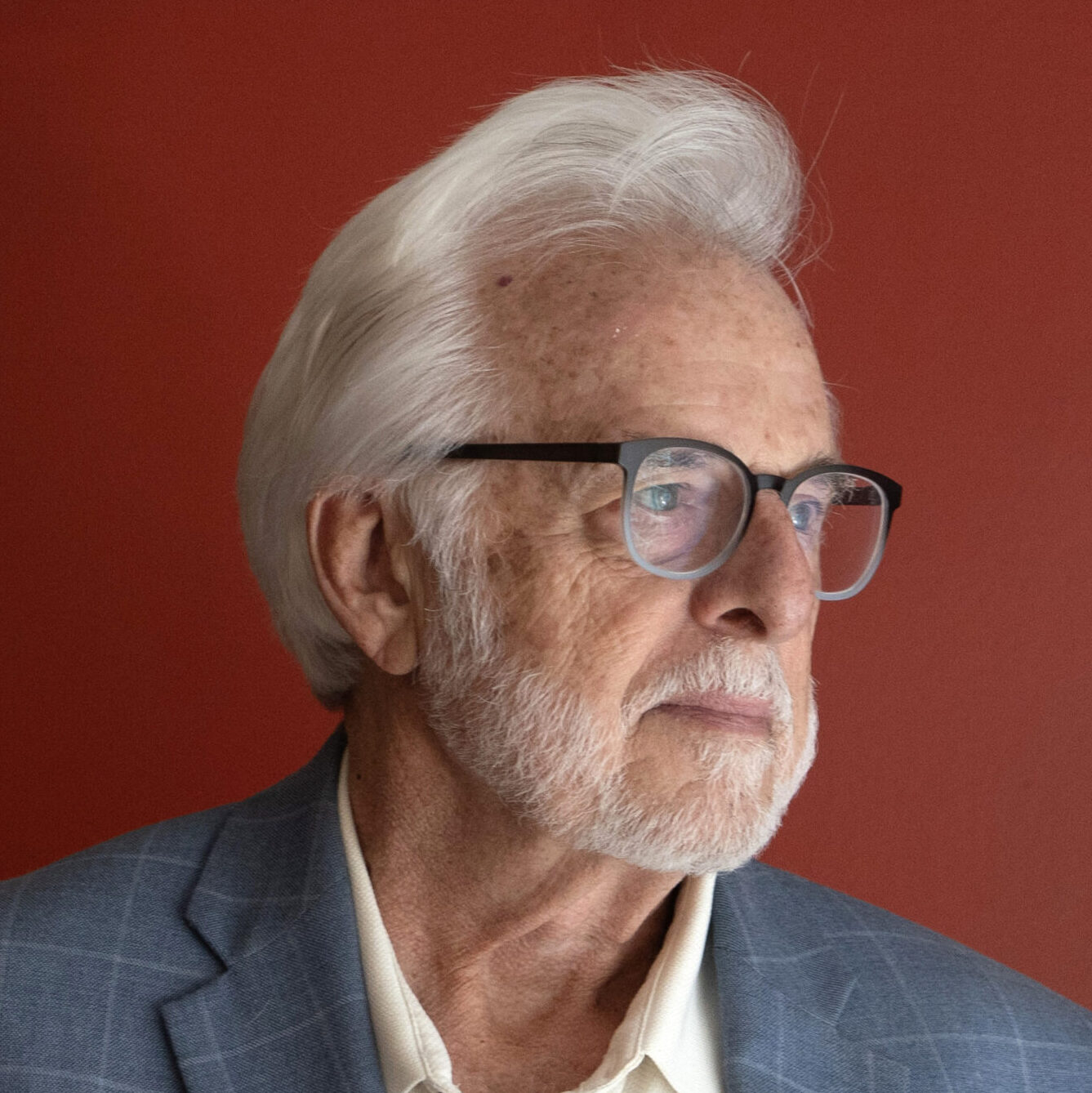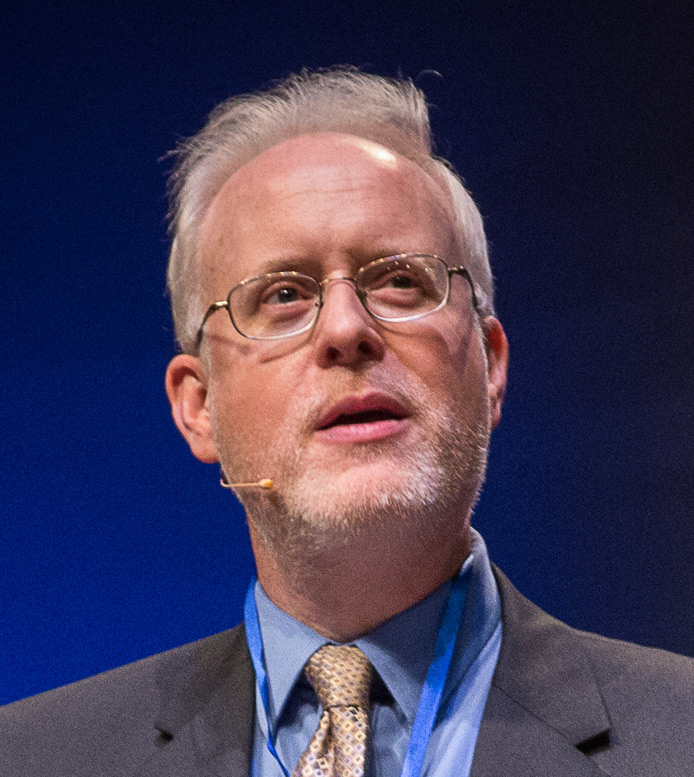[Editor’s Note: The issue of human exceptionalism — what it means to be human — comes up at ENV on occasion. With this in mind, Heather Zeiger reviews Kazuo Ishiguro’s latest book and movie (spoilers ahead!).]
Earlier this week I discussed the book, Never Let Me Go, by Kazuo Ishiguro. In this post, I will look at the film and focus on some particular aspects that were explicitly brought up in it.
The best part about the film was the three main actors, Carrie Mulligan, Andrew Garfield, and Keira Knightley, who performed their parts well. Also, director Mark Romanek had excellent scenery and cinematography. Admittedly, the film does not live up to the complexity and controlled narrative of the book. There is a line in the book and the film where Miss Lucy says, “You’ve been told and not told,” and when you read the book, the reader is told and not told the nature of the students at Hailsham and their fate. The film, on the other hand, gives it away from the very first lines and then spills everything in one of Miss Lucy’s lectures fairly early in the film. This brings a different dynamic to the film’s story, which seems to do a little more to address the characters’ acceptance of their fate.
The book is complex, and deals with many issues, so, understandably, the screenwriters had to pick and choose which issues to cover. I noticed that the film seemed to be focusing on the medical/scientific franchise more so than a discussion of what it means to be human, while the book seemed to do the opposite. Throughout the book, Ishiguro explores personhood, the human being, dignity, with a smaller emphasis on utilitarian medicine. However, the film seemed to emphasize the results of throwing medical ethics out the window.
Read More ›

